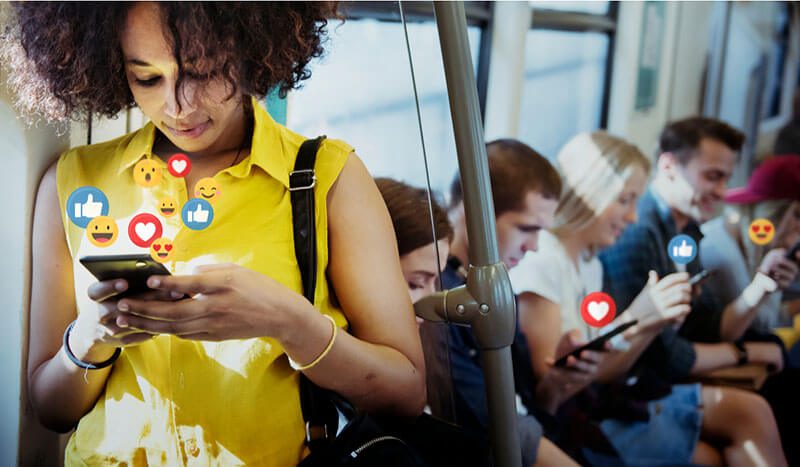Reactive social media is used when brands use their social media platform to engage in public discussion around an event or holiday. Anyone who regularly uses social media will have seen a reactive social media campaign, even if they’re not aware of it. Some well-received or viral reactive social media campaigns have moved from social media to mainstream media due to the strong response they have created.
A basic example of reactive social media is a brand posting about an upcoming sports match or grand final. For reactive social media to be relevant, the event or holiday being posted about needs to be large enough for the general public to be aware of. So most reactive social media is about holidays or events that a national or even international audience knows of.
Reactive social media allows a brand to use something newsworthy (such as a sport grand final) as a short-term ad campaign or promotion for their brand. Reactive social media allows the brand to appear relevant and relatable to its audience. Brands want their audience to trust them, and the best way to develop trust is to present your brand as personable and relatable. However, nuance is crucial, and it’s essential to keep a consistent brand voice in your messaging while adding something of value for the consumer to interact with.
How Does Reactive Social Media Work?
What is so compelling about reactive social media is that it holds the potential to considerably promote your brand. If done well, it allows your brand to gain free promotion and the awareness that comes with this. If a smaller brand were to create a reactive social media post that went viral, that brand would create a promotion level for themselves that they wouldn’t be able to achieve – or afford – through traditional advertising.
So perhaps a brand posting about an upcoming sports match isn’t going to go viral. But this is just a basic example. Some of the more popular reactive social media campaigns that have gone viral have been based around humor.
For example, when Prince Harry and Meghan Markle decided to become financially independent from the royal family earlier this year, Burger King posted a well-timed, humorous Tweet saying ‘Harry, this royal family offers part-time positions’. This tweet created a lot of discussion around Burger King – therefore creating a free promotion for the brand. Yes, Burger King is a large brand, and consequently, it is more achievable for its reactive social media to be noticed than smaller brands. But this is just an example of how reactive social media can create discussion around your brand. Humorous reactive social media is an excellent way for your brand to seem likable and relatable – as long as the post is appropriate and thoughtfully done.
The most critical element of reactive social media is the speed with which it is created and posted. If reactive social media hopes to be effective, it needs to be posted immediately after an event occurs. Social media has become more and more fast-paced over time, offering a constant stream of current and up to date news. If your brand wants to appear relevant, it is important to keep up with this fast-paced environment – posting reactive social media immediately or shortly after an event occurs.
How Your Brand Can Use Reactive Social Media
Some reactive social media is based on regular, seasonal events, while other social media forms can be planned. Some content needs to be created on the spot – social media that is reacting to a current event that wasn’t expected and therefore, couldn’t be planned for.
An excellent way to start your brand’s reactive social media campaign is to start with the type of content that can be planned for – so content creation for holidays or sports events. Your brand should select events that suit your style and the values you uphold. Once these are set, you can start working on the relevant posts ahead of time. If your brand is interested in reacting to current events, a good way to prepare is to note when significant events are occurring. If your brand knows a large announcement is being made, your brand can carefully monitor the media for any newsworthy results. Some news can’t be prepared for, and this is when some of the best reactive social media is created – content created on the spot, showing the brand’s creativity and wit.
If your brand wants to become involved in reactive social media, guidelines are fundamental. Your brand should decide upon what it is comfortable or willing to post – to make sure everything that is posted suits your brand values. Reactive social media can cause more harm than good to your brand if inappropriate, offensive content is published. As reactive social media is so fast-paced, the likelihood of low-quality content being posted increases. Creating clear guidelines or procedures can help prevent this from happening and make sure your reactive content creates beneficial promotion only.
Piccolo PR is one of Australia’s leading PR Agencies and regularly works with clients in brand strategizing and building awareness through digital and social media strategies. If you have any questions about your social media strategies, please get in touch through our contact form.




